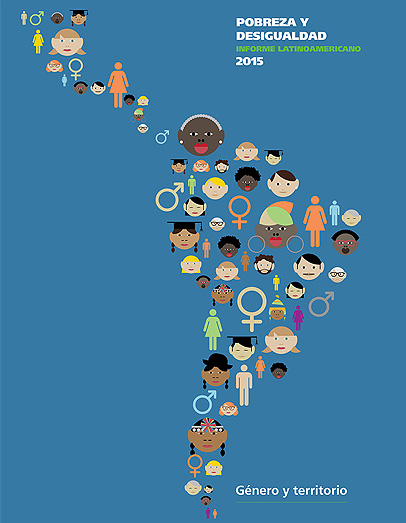Latin American Report on Poverty and Inequality 2015
Rimisp – Latin American Centre for Rural Development proposes that the territorial approach is more effective in reducing development gaps. In terms of gender, this statement is an invitation to consider the characteristics of women and territorial dynamics in an integrated manner in order to reduce inequalities between men and women.
The different analyses carried out throughout this Report show that it is not enough to promote policies aimed at increasing women’s assets. It is necessary to consider their relative position in relation to men, and the type of opportunities offered by the territorial context in which they live and work.
In order to achieve women’s economic empowerment, it is necessary to remove the structural barriers that limit women’s entry into paid work on equal terms with men and that restrict their access to productive assets, but it is also necessary to act on the specific dynamics of the territories that hinder women’s participation in the economic sphere of territorial development.
Some concrete measures to be considered in this direction are:
- Taking into account the characteristics of the productive sectors and the possibilities for the incorporation of women when designing education, training and work readiness programmes.
- Considering the supply of existing public goods and services in each territory when designing policies aimed at reducing the cost of women’s opportunities to work (availability of nurseries, childcare centres, care centres for children and the elderly, roads, etc.).
- Promoting policies that support women’s associative work, both productive and political.
- Strengthening and/or contributing to the creation of community organization spaces for the development of personal capacities and women’s empowerment through collective strategies for the generation and mobilisation of assets.
- Directing actions to intervene in gender systems not only directed at women (care, gender violence).
- Designing policies that address the intersecting inequalities of women (women, indigenous, poor, among others), with special attention to the socio-demographic characteristics of the territories.
- Designing specific policies for rural sectors that improve women’s possibilities of access to economic assets, such as land and credit.
- Generating instruments to support women’s productive activities that go beyond subsistence and the reproduction of traditional gender roles.
Our offices:
- Chile: Huelén 10. Providencia, Santiago, Metropolitan Region. (+56-2) 2236 4557 | Fax (+56-2) 2236 4558.
- Ecuador: Czechoslovakia E9-95 between Switzerland and Moscow. Eveliza Plaza Building. First floor. Quito. (+593-2) 5150144.
- Colombia: Carrera 9 No 72-61 Office 303. Bogotá. (+57-1) 2073 850.

